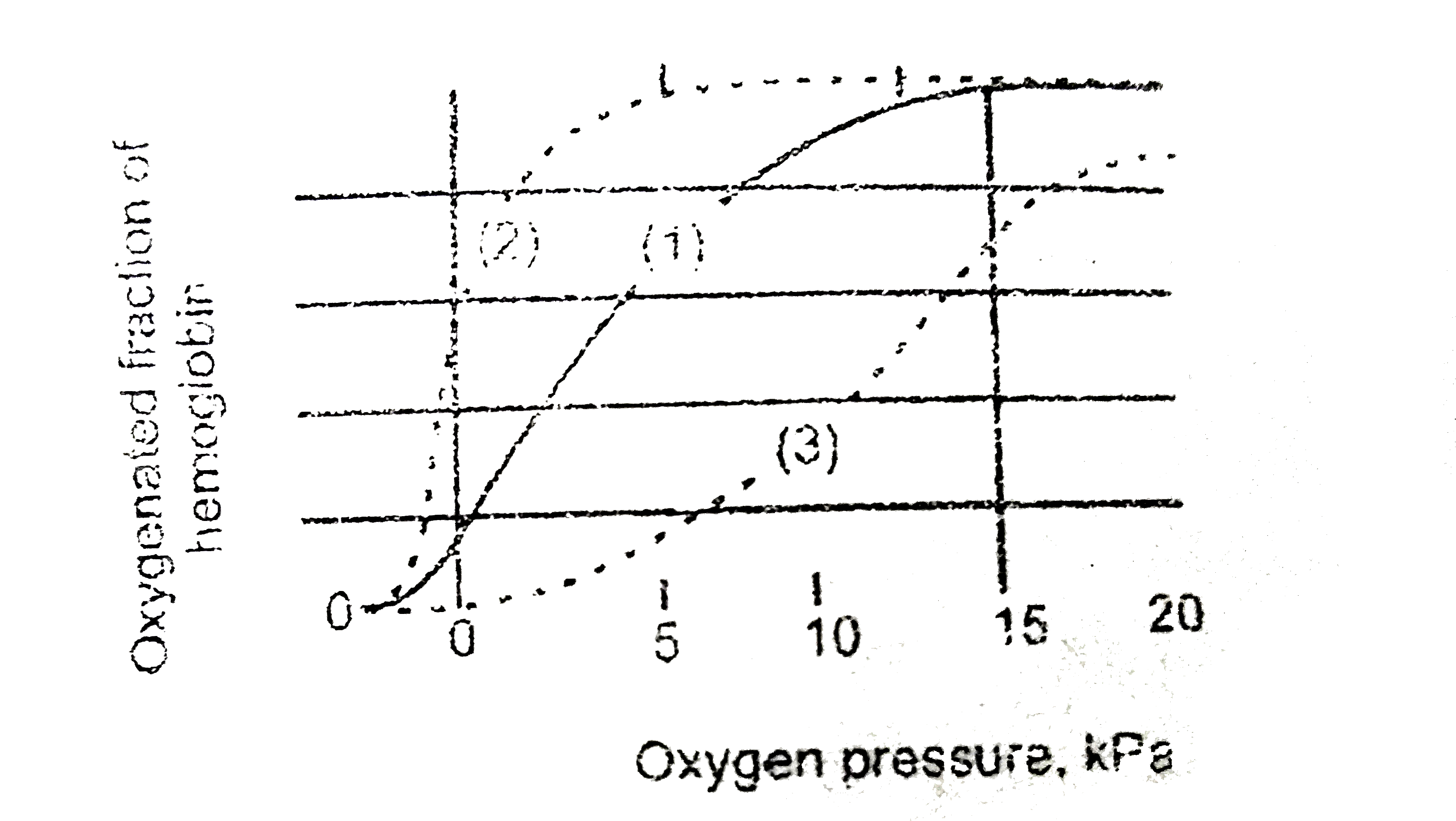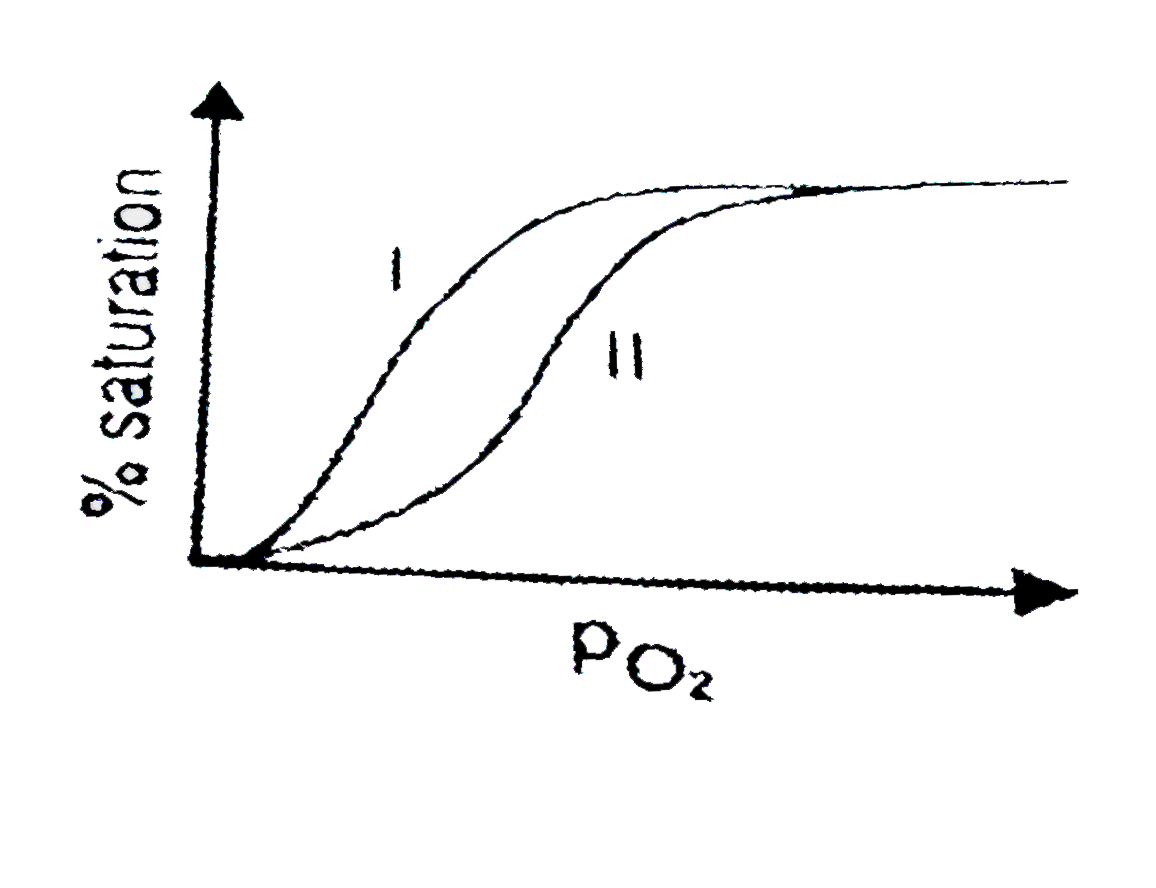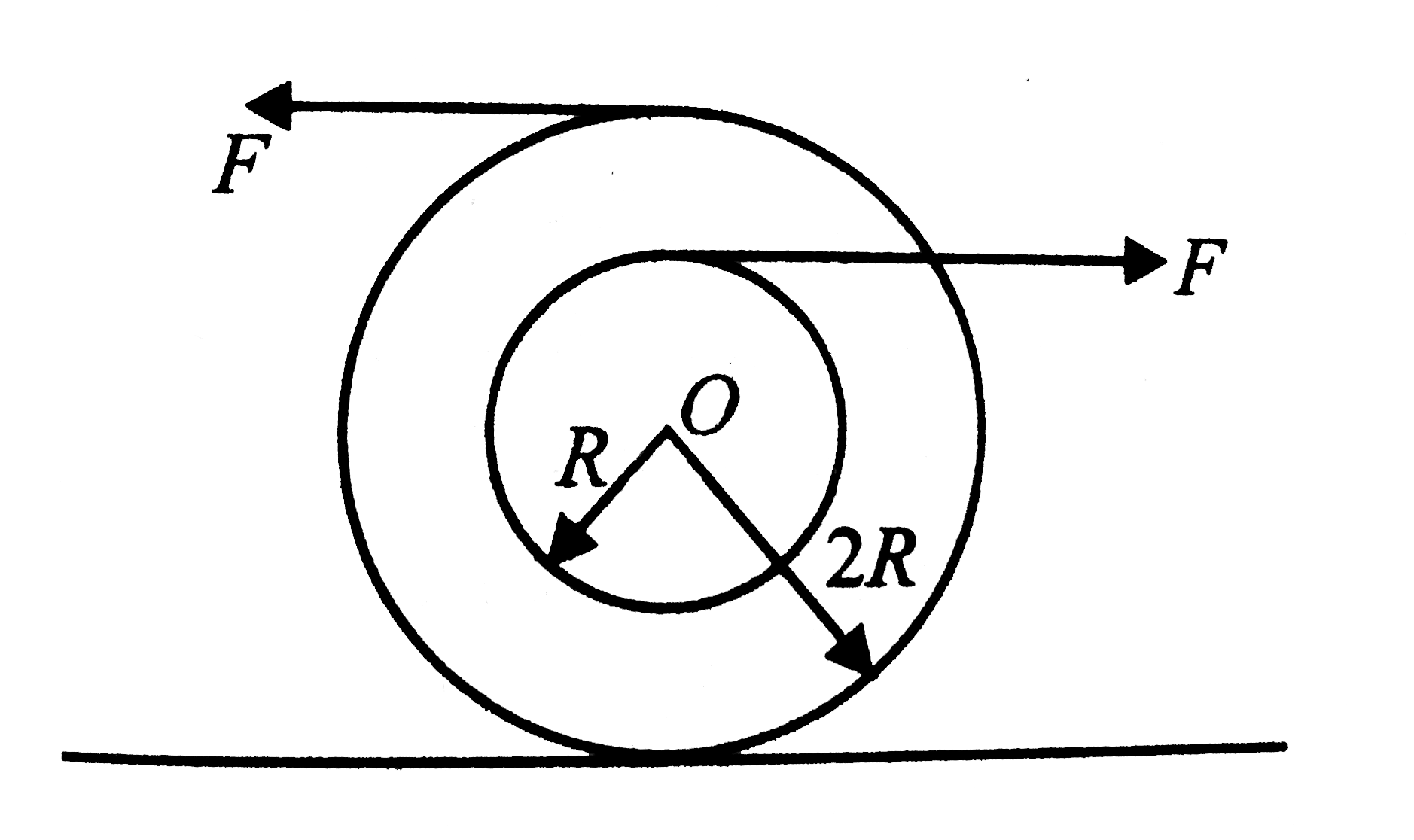A large proportion of oxygen is left unsued in the human blood even after ists uptake by the body tissures . This O2
help in releasing more O2 to the epithelial tisses
acts as a reserve during muscular exercise
raises the pCO2 of blood to 75 mm of Hg
is enough to keep oxyhaemoglobin saturation at 96%
The correct Answer is:B
Step by step video & image solution for A large proportion of oxygen is left unsued in the human blood even after ists uptake by the body tissures . This O_(2) by Biology experts to help you in doubts & scoring excellent marks in Class 11 exams.
Topper's Solved these Questions
- BOOK - CENGAGE BIOLOGY ENGLISHCHAPTER - BREATHING AND EXCHANGE OF GASES EXERCISE - Archives15videos
BREATHING AND EXCHANGE OF GASES
- BOOK - CENGAGE BIOLOGY ENGLISHCHAPTER - BIOMOLECULESEXERCISE - ARCHIVES26videos
BIOMOLECULES
- BOOK - CENGAGE BIOLOGY ENGLISHCHAPTER - CELL CYCLE AND CELL DIVISIONEXERCISE - ARCHIVES (Chose the corrct option):21videos
CELL CYCLE AND CELL DIVISION
Similar Questions
A large proportion of oxygen is left unused the human blood even after its uptake by the body tissue. This O2
View SolutionOxygen is of vital importance for all of us . Oxygen enters the body via the lungs and is transported to the tissues in our body by blood . There it can deliver energy by the oxidation of sugars.
C6H12O6+6O2→6CO2+6H2O
This reaction releases 400 KJ of energy per mole of oxygen O2 uptake by blood is at four heme (Hm) group in this protein hemoglobin (Hb).
Free Hm consists of an Fe2+ giving HmO2 complex. Carbon monoxides can be complexed similarily giving a Hm CO complex . CO is poison as it bonds more strongly to Hm than O2 does. The equilibrium constant Kf for the reaction:
Hm+CO⇔HCO ........(i)
is 1000 times larger than the equilibrium constant K2 for the reaction:
Hm+CO2⇔HmO2 ........(ii)
Each Hb molecules can take up four molecules of O2 absorbs a fraction of this amount, depending on the oxygen pressure , as shown in figure1 (curve 1) . Also shown are the curve (2) and (3) for blood with two kinds of dificient Hb . These occur in patients with certain hereditary diseases.

Relevant data , O2 pressure in lungs is 15 KPa , in the muscles it is 2KPa . The maximum flow of blood through heart and lungs is 4×10−4m−3s−1 . The red cells in blood occupy 40% of the volume, inside the cells the concentration of Hb has a molar mass of 64 kg mol−1 R=8.314 Jmol−1K−1 , T=298k . Using the relation between K and the standard Gibbs energy ΔG∘ for a reaction, calculated the difference between the ΔG∘ values for the home reactions (i) and (ii).View Solution
Knowledge Check
- Question 1 - Select One
A large proportion of oxygen remain unused in the human blood even after its uptake by the body tissues. This O2
Aacts as a reserve during muscular exerciseBraises the PCO2 of blood to 75mm of HgCis enough to keeo oxyhaemoglobin saturation at 96%Dhelps in releasing more O2 to the epithelial tissues.
Haemoblobin is a Fe containing protein responsible for oxygen transport in the blood. The curves given below indicate the percentage suturation of haemoglobin by O2 as a funcion of partial pressure of O2.
Which of the following statement/s is/are correct for the given curves?
I. In presence of CO2, higher PO2 is needed for a given percentage saturation.
II. In presence of CO2, lower PO2 is needed for a give percentage saturation.
III. The maximum percentgae saturation is not affected by the presence of CO2
IV. In the absence of CO2, maximum saturation of haemoglobin occurs at lower pO2.
 View Solution
View SolutionIn the given figure F=10N,R=1m, mass of the body is 2kg and moment of inertia of the body about an axis passing through O and perpendicular to the plane of the body is 4kgm2. O is the centre of mass of the body.

If the ground is smooth, what is the total kinetic energy of the body after 2s?View SolutionThe human ciculatory system can be thought of as a closed system of interconnecting pipes through which fluid is continuously circulated by two pumps the two pumps the right and left verticles of the heart, work as simple two-stroke force pumps. The muscles of the heart regulate the force by contracting and relaxing. the contraction (systole) lasts about 0.2s and a complete systole/diastole (contraction/relaxation) cycle lasts about 0.8s. For flood pressures and speeds in the normal range. the volume flow rate of blood through a blood vessel is directly proportional tot he pressure difference over a length of the vessel and to the fourth power of the radius of the vessel. The total mechanical energy per unit volume of blood just as it leaves the heart is E/V=ρgh+P+ρv2
Q. Which of the following is a way to achieve approximately a 45% increase in the volume flow rate of blood through a blood vessel?View SolutionThe human ciculatory system can be thought of as a closed system of interconnecting pipes through which fluid is continuously circulated by two pumps the two pumps the right and left verticles of the heart, work as simple two-stroke force pumps. The muscles of the heart regulate the force by contracting and relaxing. the contraction (systole) lasts about 0.2s and a complete systole/diastole (contraction/relaxation) cycle lasts about 0.8s. For flood pressures and speeds in the normal range. the volume flow rate of blood through a blood vessel is directly proportional tot he pressure difference over a length of the vessel and to the fourth power of the radius of the vessel. The total mechanical energy per unit volume of blood just as it leaves the heart is E/V=ρgh+P+ρv2
Q. Why is diastolic blood pressure muchh lower than systolic pressure?
A. because the heart exerts more force on the blood during diastole
B. Because the heart exerts no force on the blood during diastole
C. Because the radii of the blood vessels increase during diastole while the force exerted by the heart on the blood remains the same.
D. Because the radii of the blood vessels increase during diastole while the force exerted by the heart on the blood remains the same.View SolutionThe human ciculatory system can be thought of as a closed system of interconnecting pipes through which fluid is continuously circulated by two pumps the two pumps the right and left verticles of the heart, work as simple two-stroke force pumps. The muscles of the heart regulate the force by contracting and relaxing. the contraction (systole) lasts about 0.2s and a complete systole/diastole (contraction/relaxation) cycle lasts about 0.8s. For flood pressures and speeds in the normal range. the volume flow rate of blood through a blood vessel is directly proportional tot he pressure difference over a length of the vessel and to the fourth power of the radius of the vessel. The total mechanical energy per unit volume of blood just as it leaves the heart is E/V=ρgh+P+ρv2
Q. What is the gravitational potential energy of 8cm3 of blood in a 1.8 m tall man, in a blood vessel 0.3 m above his heart? (Note: The man's blood pressure is 1.3×104N/m2)View SolutionThe human ciculatory system can be thought of as a closed system of interconnecting pipes through which fluid is continuously circulated by two pumps the two pumps the right and left verticles of the heart, work as simple two-stroke force pumps. The muscles of the heart regulate the force by contracting and relaxing. the contraction (systole) lasts about 0.2s and a complete systole/diastole (contraction/relaxation) cycle lasts about 0.8s. For flood pressures and speeds in the normal range. the volume flow rate of blood through a blood vessel is directly proportional tot he pressure difference over a length of the vessel and to the fourth power of the radius of the vessel. The total mechanical energy per unit volume of blood just as it leaves the heart is E/V=ρgh+P+ρv2
Q. The blood pressure in a capillary bed is essentially zero, allowing blood to flow extremely slowly through the tissues in order to maximize exhange of gases nutrients and waste products what is the work on 200cm3 of blood against gravity to bring it to the capillaries to the brain 50 cm above the heart?View SolutionThe human ciculatory system can be thought of as a closed system of interconnecting pipes through which fluid is continuously circulated by two pumps the two pumps the right and left verticles of the heart, work as simple two-stroke force pumps. The muscles of the heart regulate the force by contracting and relaxing. the contraction (systole) lasts about 0.2s and a complete systole/diastole (contraction/relaxation) cycle lasts about 0.8s. For flood pressures and speeds in the normal range. the volume flow rate of blood through a blood vessel is directly proportional tot he pressure difference over a length of the vessel and to the fourth power of the radius of the vessel. The total mechanical energy per unit volume of blood just as it leaves the heart is E/V=ρgh+P+ρv2
Q. During intense exercise the volume of blood pumped per second by an athlete,s heart increases by a factor of 7, and his blood pressure increases by 20%/by what factor does the power output of the heart increase during exercise?View Solution

